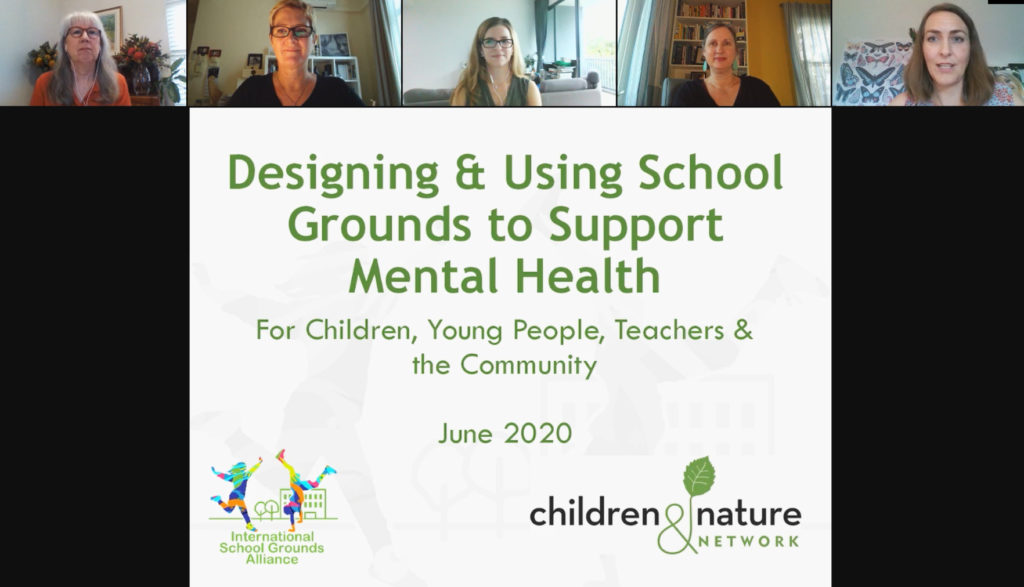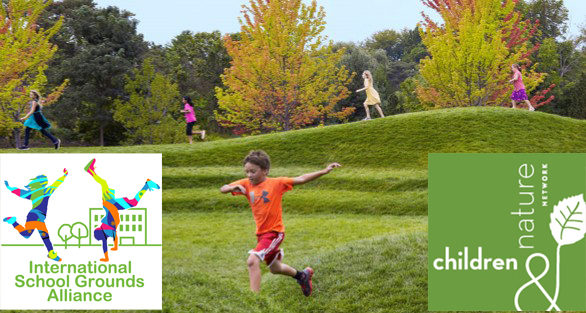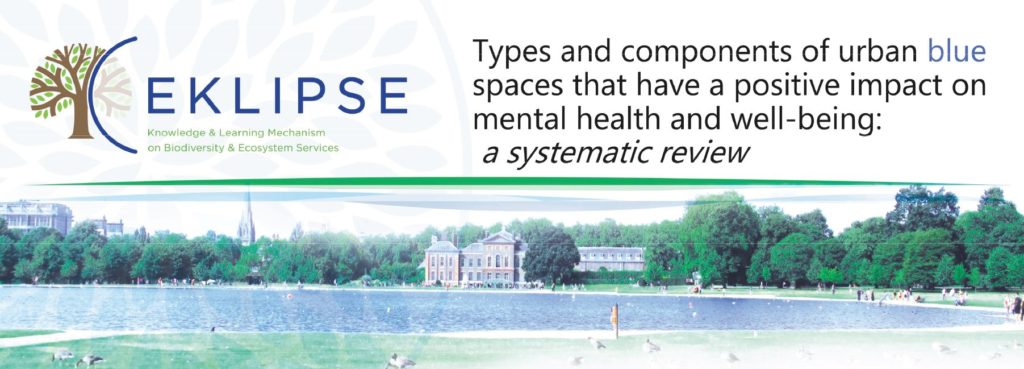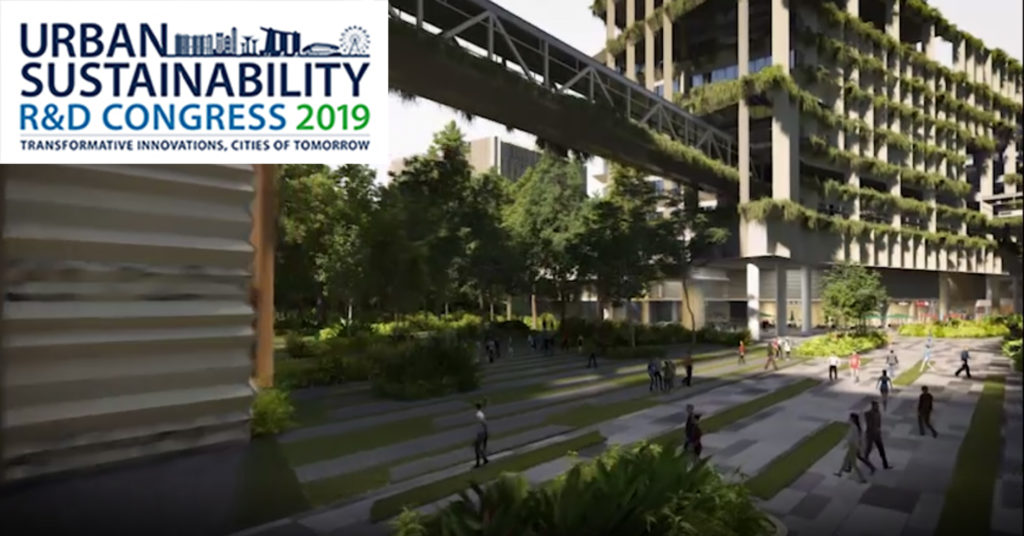The built environment and mental health of the residents within the city are extremely interconnected. Daily exposures are known to influence psychological processes, having both known and unknown consequences. The study of Gary W. Evans from 2003 points out that personal control, social support and restoration from stress and fatigue in the physical environment directly Read More
Category: Neurolandscape
The New Urban Normal_Dr Diana’s speech at TecNM (Mexico)_VIDEO
24th September 2020. Tecnológico Nacional de México, campus Costa Grande, hosted an online event addressing the World New Normal in the interdisciplinary lens. Dr Diana Benjumea gave a speech regarding architecture and urban planning, where she sets a new paradigm of bottom-up, evidence-based urban design. Moreover, she introduces NeuroLandscape projects and explains the global implications Read More
Virtual Healthy Environments: Feasibility Study in Societies Affected by COVID-19 Summary of Results
Between 19 April and 12 May 2020, we ran an online survey titled “VHE for Well-Being”. Our goal was to better understand people’s psychological needs, especially the relationship between Covid-19 confinement and mental health. We also aimed to test feasibility and demand for Virtual Healthy Environments (VHE) – our solution for health and well-being. To do Read More
Designing & Using School Grounds to Support Mental Health (Video Available!)
The video from the webinar is already available on! The webinar organized by the International School Grounds Alliance and the Children &Nature Network on how school grounds can be designed and used to support took place on June 23rd 2020, and featured research and design insights on how to design mentally healthy outdoor spaces for Read More
Designing School Grounds to Support Children’s Mental Health: Examples from Around the World
24th June 2020 9:00 AM Singapore Standard Time. Daily contact with nature is vital for supporting the mental health and well-being of children and young people. Join the International School Grounds Alliance and the Children & Nature Network for this webinar that will focus on how school grounds can be designed and used to support Read More
Mental Health is also important – something about the connection with nature in the times of confinement
Landscape architects and urban ecology researchers have always been trying to bring people more to the outdoors, make the most of urban parks and gardens, calling the public attention to issues such as nature deficit disorder, mental health consequences from spending our time mostly indoors, looking at phones or monitors… Today, the situation is calling Read More
Connecting Social and Urban Studies with Health and Well-being of Communities – Speech at the National University of Colombia in Manizales
On January 29th 2020 NeuroLandscape’s Board Member Dr. Diana Benjumea was invited to give a talk in the Universidad Nacional de Colombia to the staff and students of the Department of Architecture and Built Environment in the city of Manizales. The talk aimed to share the multidisciplinary work that is conducted in NeuroLandscape with special Read More
Blue space and mental health report out for review!
As a contributor to Expert Working Group Biodiversity & Health of the 3rd French Plan on Health and Environment (PNSE3) – Ministry in charge of the Environment (MTES) France, since 2017 we have been working to answer the following question: Which types and components of urban and peri-urban blue/green spaces have a significant impact on human mental Read More
Pre-Conference Workshop, Urban Health, Xiamen, China
Date& Time: 5.11.2019, 9am Location: School of Architecture and Civil Engineering (SACE 5), Xiamen University, #182 Da Xue Road, Xiamen, China With the growing interest among researchers, practitioners, and urban decision makers in the influence of the quality of the built environment on peoples’ health, there is increasing emphasis on using scientific knowledge to inform urban design, Read More
Where Government Listens to Scientists: Urban Sustainability R&D Congress, Singapore
Singapore is one of the most prominent examples of Urban Sustainability through new technologies, research and development. It is also one of the few countries where the government is actively supporting science and innovation in order to inform the practice of urban design and solve urban living issues. The Urban Sustainability R&D Congress is organized Read More










